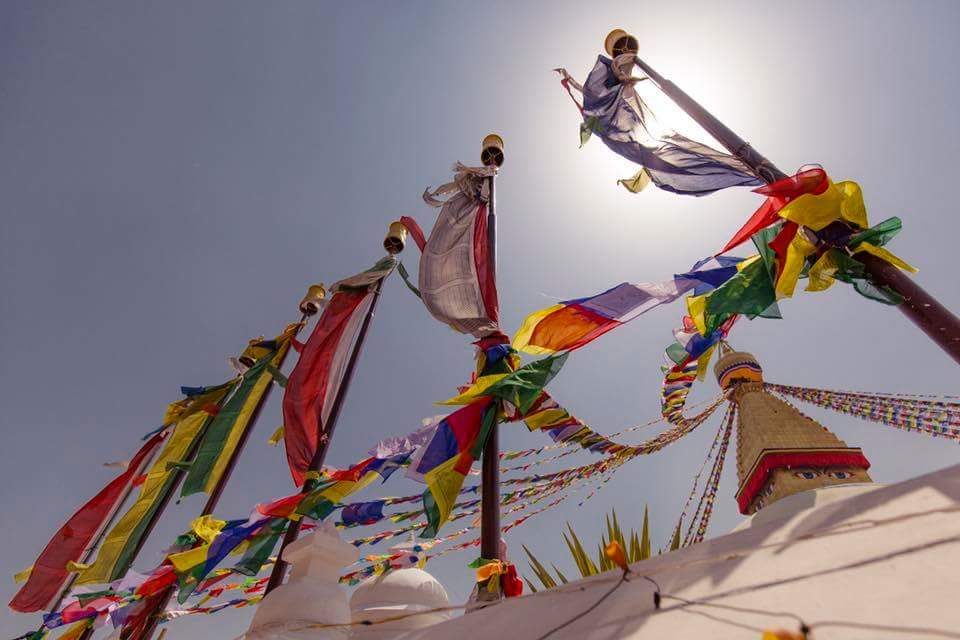
Kathmandu City Tours
KATHMANDU CITY TOURS
Kathmandu is a unique and special city. It is a colourful delight with amazing places to see and a fun place to explore. All of your senses are stimulated as you walk through the maze of streets which are awash with brightly coloured prayer flags and the smells of incense burning, as the aroma of street food wafts past; you are surrounded by the sounds of local music, Tuk Tuks tooting and the hustle and bustle of city life. Around every corner another exciting delight awaits. If you can, it is well worth taking a couple of days to explore the city at the beginning or end of your trek. Below are three of our most popular tours that can be booked as part of your trip.

Option 1
£95 per person (based on 2 people – discounts available for larger groups)
Swayambhunath Stupa
Swayambhu literally means “self-existent one”. Believed to date back to 460 A.D., it was built by King Manadeva and by the 13th century, it had become an important centre of Buddhism. Legend has it that Swayambhu was born out of a lotus flower that bloomed in the middle of a lake that once spread across the Kathmandu Valley. The largest image of the Sakyamuni Buddha in Nepal sits on a high pedestal on the western boundary of Swayambhu beside the Ring Road. Behind the hilltop is a temple dedicated to Manjusri or Saraswati – the Goddess of Learning. Chaityas, statues and shrines of Buddhist and Hindu deities fill the stupa complex. The base of the hill is almost entirely surrounded by prayer wheels and deities. Devotees can be seen circumambulating the stupa at all times.
Patan Durbar Square
Durbar Square is a marvel of Newar architecture. The square floor is tiled with red bricks. There are many temples and statues in the area. The main temples are aligned opposite the western face of the palace. The entrance of the temples face east, towards the palace. There is also a bell situated in alignment beside the main temples. The Square also holds old Newari residential houses. There are other temples and structures in and around the Patan Durbar Square which were again built by the Newar People. It is a centre of both Hinduism and Buddhism, Patan Durbar Square has 136 “bahals” (courtyards) and 55 major temples.
Kathmandu Durbar Square
Kathmandu Durbar Square is a historically and culturally significant site in Kathmandu. It is one of the three Durbar (Royal Palace) Squares in the Kathmandu Valley that are UNESCO World Heritage Sites. Although the construction of the square began in the 3rd century, the major structures within it were added in later periods. The outer complex consists of a number of 16th-century temples built during the reign of the Malla Kings. These buildings are adorned with meticulously carved facades characteristic of Newar architecture. The central square is surrounded by palace complexes built during the Malla and Shah periods. The most well-known among them is the Nautalle Durbar, a nine-story palace built by Prithvi Narayan Shah to commemorate the Unification of Nepal.
Boudhhanath Stupa
Boudhhanath Stupa is 8 km to the east of downtown Kathmandu, it is the most imposing and famous landmark of Kathmandu, visible as soon as you land at the Tribhuvan International Airport. It is the largest stupa in the Kathmandu Valley and is the centre of Himalayan Buddhism.
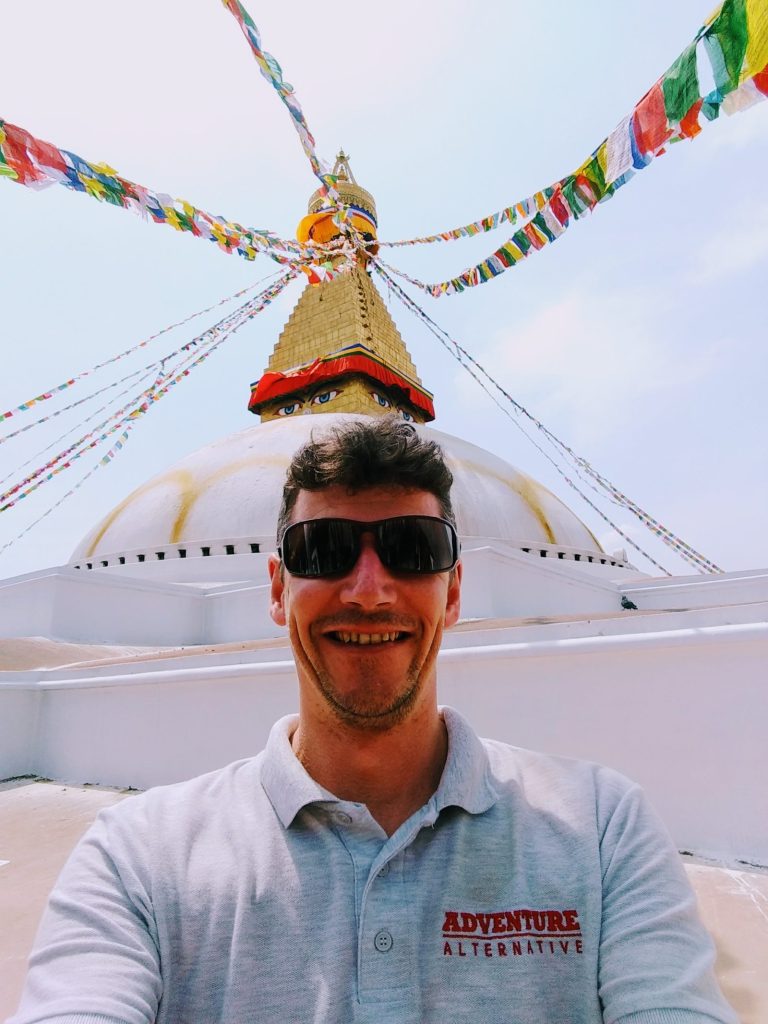
Boudhhanath Stupa is instantly recognisable and somewhere that you must visit when in Kathmandu
Option 2
£95 per person (based on 2 people – discounts available for larger groups)
Swayambhunath Stupa
Swayambhu literally means “self-existent one”. Believed to date back to 460 A.D., it was built by King Manadeva and by the 13th century, it had become an important centre of Buddhism. Legend has it that Swayambhu was born out of a lotus flower that bloomed in the middle of a lake that once spread across the Kathmandu Valley. The largest image of the Sakyamuni Buddha in Nepal sits on a high pedestal on the western boundary of Swayambhu beside the Ring Road. Behind the hilltop is a temple dedicated to Manjusri or Saraswati – the Goddess of Learning. Chaityas, statues and shrines of Buddhist and Hindu deities fill the stupa complex. The base of the hill is almost entirely surrounded by prayer wheels and deities. Devotees can be seen circumambulating the stupa at all times.
Kathmandu Durbar Square
Kathmandu Durbar Square is a historically and culturally significant site in Kathmandu. It is one of the three Durbar (Royal Palace) Squares in the Kathmandu Valley that are UNESCO World Heritage Sites. Although the construction of the square began in the 3rd century, the major structures within it were added in later periods. The outer complex consists of a number of 16th-century temples built during the reign of the Malla Kings. These buildings are adorned with meticulously carved facades characteristic of Newar architecture. The central square is surrounded by palace complexes built during the Malla and Shah periods. The most well-known among them is the Nautalle Durbar, a nine-story palace built by Prithvi Narayan Shah to commemorate the Unification of Nepal.
Boudhhanath Stupa
Boudhhanath Stupa is 8 km to the east of downtown Kathmandu, it is the most imposing and famous landmark of Kathmandu, visible as soon as you land at the Tribhuvan International Airport. It is the largest stupa in the Kathmandu Valley and is the centre of Himalayan Buddhism.
Pashupatinath Temple
The Pashupatinath Temple is a Hindu temple dedicated to Pashupati, a form of Shiva. It is on the bank of the Bagmati River. The temple was classified as a World Heritage Site in 1979. This “extensive Hindu temple precinct” is a “sprawling collection of temples, ashrams, images and inscriptions raised over the centuries along the banks of the sacred Bagmati river”, and is one of seven monument groups in UNESCO’s designation of Kathmandu Valley. The temple, considered one of the holiest pilgrimage sites for Hindus, is built on an area of 246 hectares (2,460,000 m2) and includes 518 mini-temples and a main pagoda house.
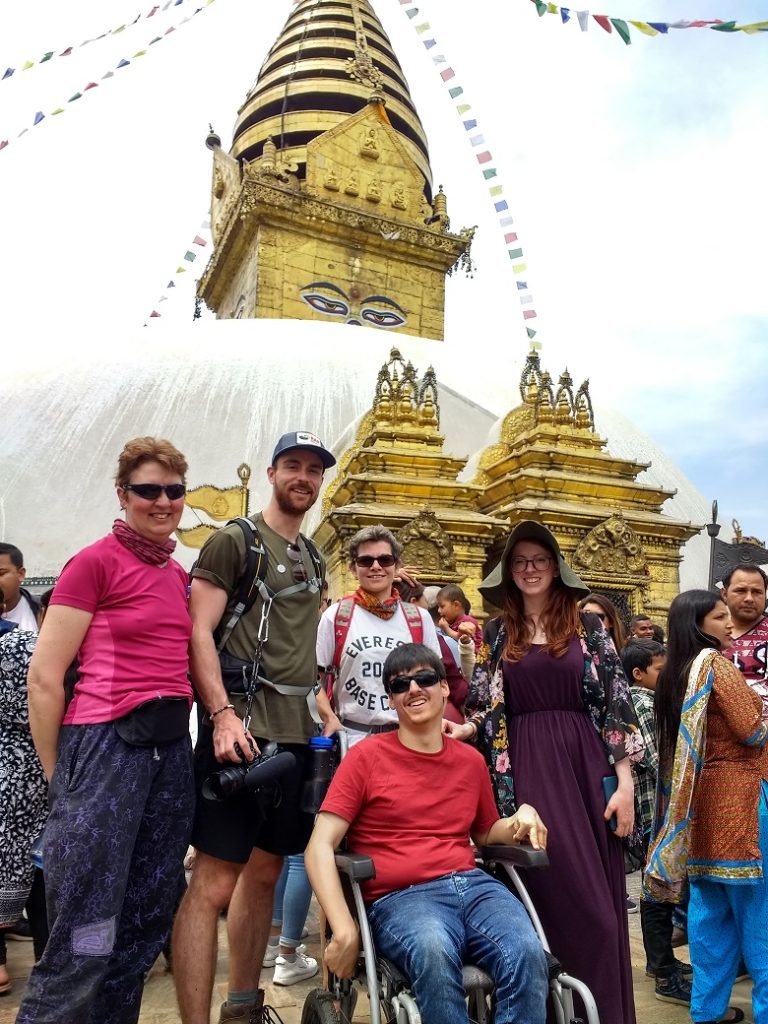
Option 3
£100 per person (based on 2 people – discounts available for larger groups)
Kathmandu Durbar Square
Kathmandu Durbar Square is a historically and culturally significant site in Kathmandu. It is one of the three Durbar (Royal Palace) Squares in the Kathmandu Valley that are UNESCO World Heritage Sites. Although the construction of the square began in the 3rd century, the major structures within it were added in later periods. The outer complex consists of a number of 16th-century temples built during the reign of the Malla Kings. These buildings are adorned with meticulously carved facades characteristic of Newar architecture. The central square is surrounded by palace complexes built during the Malla and Shah periods. The most well-known among them is the Nautalle Durbar, a nine-story palace built by Prithvi Narayan Shah to commemorate the Unification of Nepal.
Patan Durbar Square
Durbar Square is a marvel of Newar architecture. The square floor is tiled with red bricks. There are many temples and statues in the area. The main temples are aligned opposite the western face of the palace. The entrance of the temples face east, towards the palace. There is also a bell situated in alignment beside the main temples. The Square also holds old Newari residential houses. There are other temples and structures in and around the Patan Durbar Square which were again built by the Newar People. It is a centre of both Hinduism and Buddhism, Patan Durbar Square has 136 “bahals” (courtyards) and 55 major temples.
Bhaktapur Durbar Square
Bhaktapur Durbar Square is a former royal palace which housed the Malla Kings of Nepal from 14th to 15th century and the Kings of the Kingdom of Bhaktapur from 15th to late 18th century until the Kingdom was conquered in 1769. The Durbar Square is a generic name for the Malla palace square and can be found in Kathmandu and Patan as well. The one in Bhaktapur was considered the biggest and the grandest amongst the three during its independency.
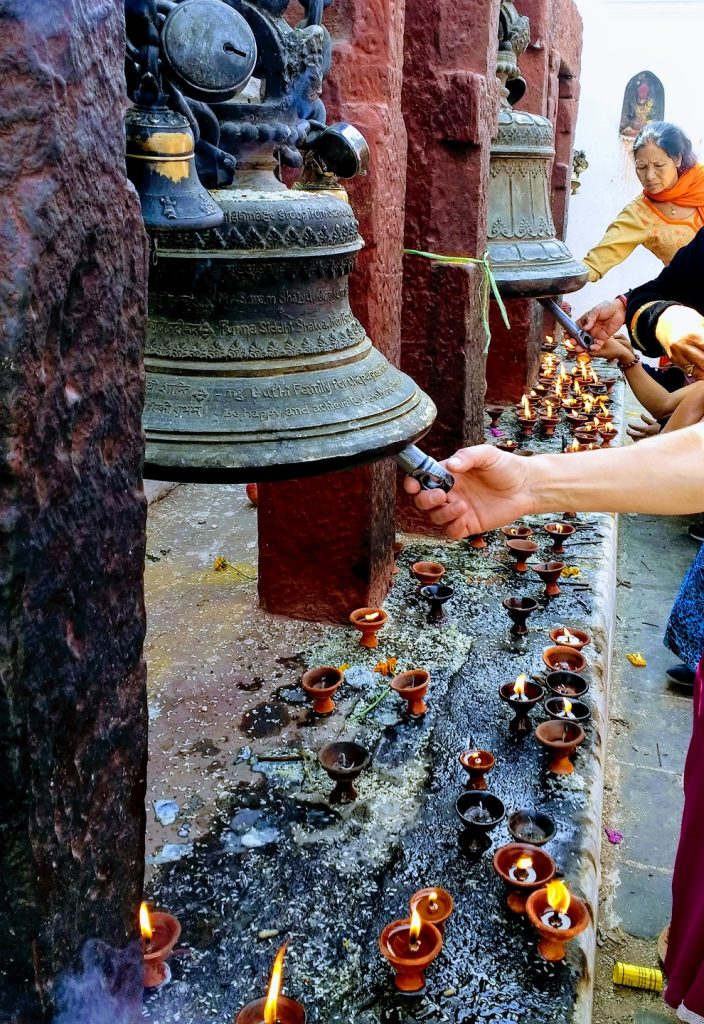
Daily tours can be booked when you book your main trip with us, or added to your booking when you have your flights confirmed. It is best to book tours in advance as guides may not be available on arrival.
Inclusions (all itinerary options)
- All ground / city transportation for the tour (max 7 hour) from and back to your hotel
- Entrance and Monument Fees
- Official, licensed City Guide
Exclusions (all itinerary options)
- Meals / snacks / drinks
- Any additional trips, or entrance fees not stated in the itinerary
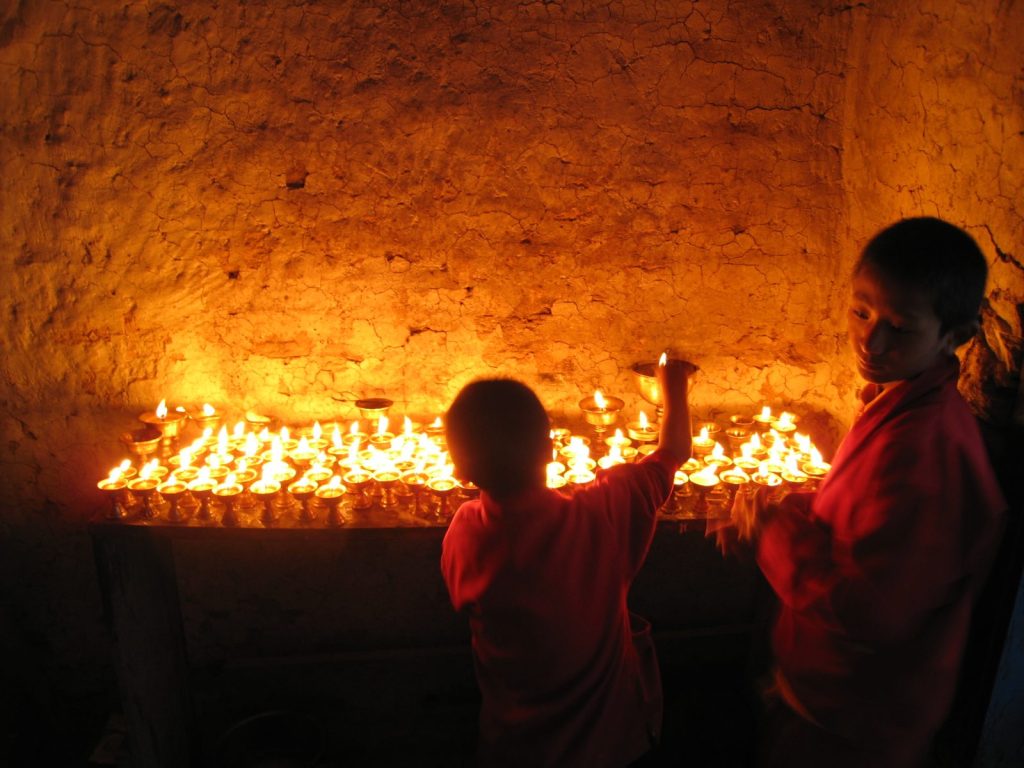
Book Your Adventure of a Lifetime Now
Discover our trips to other Countries
Adventure Alternative Articles
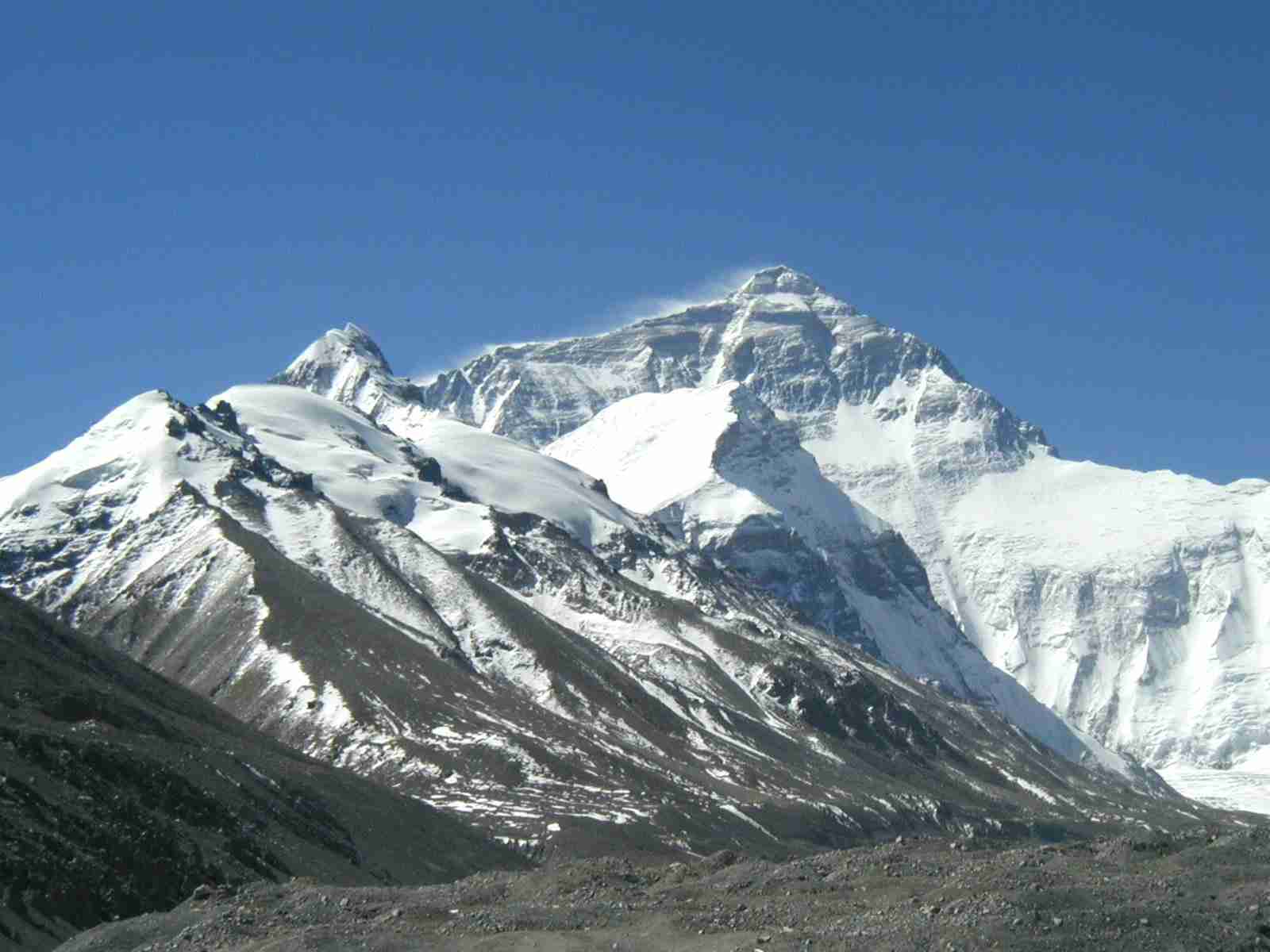
World Mountain Day
Climbing Calendar Ready for World Mountain Day In celebration of World Mountain Day, we've created a calendar for the year to make it easy for...
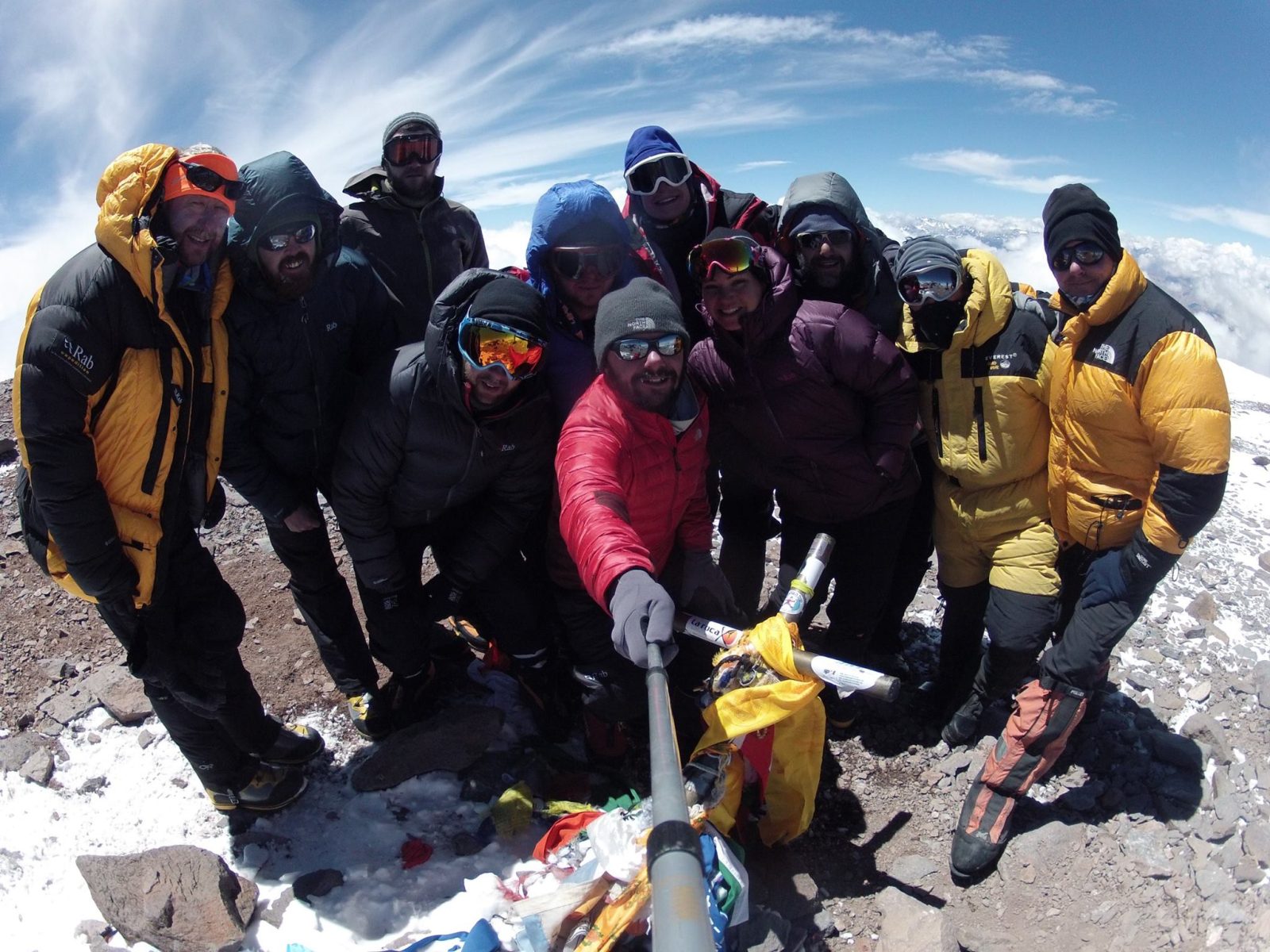
Mount Aconcagua Trip Review
January 2016 This year we had a team of twelve clients from four different countries – Iran, Ireland, England, South Africa and Argentina –...
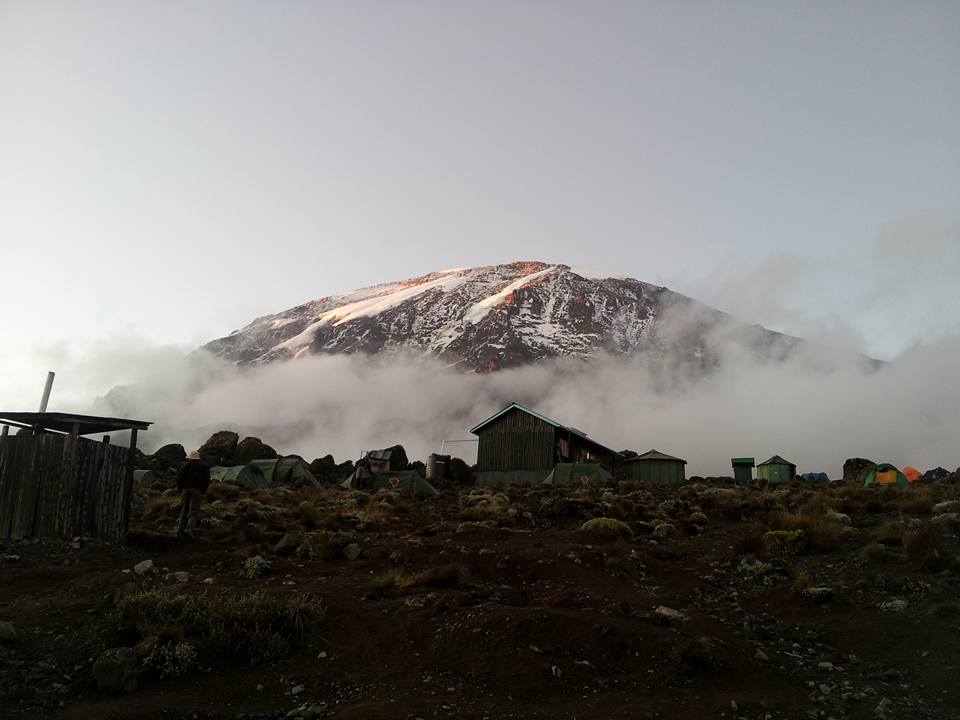
Why Kilimanjaro is a Great Mountain for Any Bucket List
Climbing one of the world’s tallest mountains is not a decision to be taken lightly – it will take endurance, a decent amount of fitness...